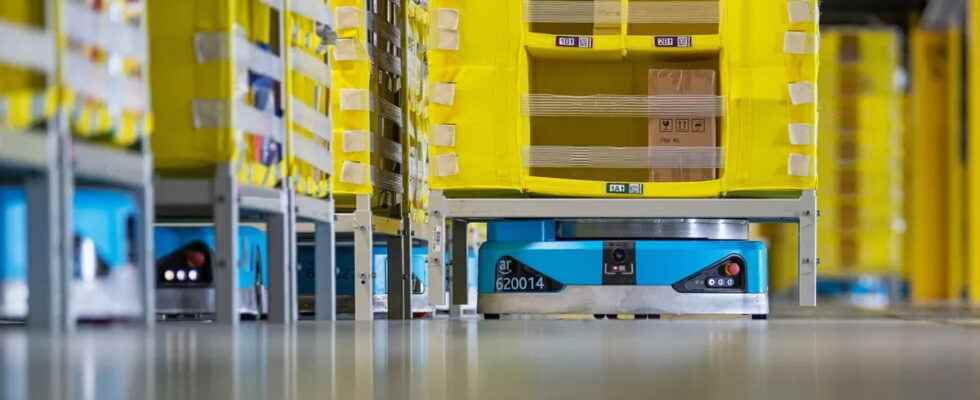What is the state of retail and e-commerce? When it comes to executing commands, bots have taken over, and there is no turning back.
This is the conclusion of a new report on the state of the sector, published by Berkshire Gray. The reason will sound familiar to anyone who has followed the evolution of industries like durable goods manufacturing, agriculture, and transportation: a new generation of workers doesn’t want low-paying, unstable, and highly exhausting jobs.
Although this phenomenon can be interpreted in different ways, the indisputable result is a massive reliance on automation, especially robots.
Reduce costs and increase efficiency
“Labour issues in all sectors continue to fluctuate. But unlike the temporary shortages seen in other industries, the continued growth of e-commerce and shifts in generational employment preferences are uniquely impacting the order fulfillment industry and are expected to lead to labor shortages. long-term challenges that will only get worse in the years to come,” predicts Steve Johnson, President and COO of Berkshire Grey. “In addition to compensation strategies, companies need to utilize robotics automation in order to stay ahead of this demographic shift. Not only is it a huge draw for young talent due to the increased security and specialist skill-building it enables, but it is also a game-changer in terms of cost reduction, throughput and return on investment. »
Nearly three-quarters (71%) of executives who responded to the survey believe robotics automation is necessary. This is partly due to changing work dynamics and partly due to consumer trends that are straining online marketers. For example, free returns are becoming the norm, and a similar percentage of executives (72%) believe they would lose customers if they didn’t offer them. Add to this demand for faster deliveries and a significant increase in return rates (80% of respondents saw an increase, which requires an increase in staff), it is clear that merchants are caught in the pitfall: they cannot hire easily and must simultaneously reduce costs and increase efficiency.
These are fertile conditions for robots. There has been a massive increase in managers who believe automation is now the norm in execution (growing nearly 43% since 2019). Of those who use bots, almost all (85%) will invest more in automation.
Turbulence ahead
Here’s why it’s important to the consumer: In the short term, it’s going to provide the comfort and convenience we’ve so quickly demanded. In the long term, however, no one has any idea what increased automation in industries as diverse as warehousing, fast food, construction, and manufacturing will do to blue-collar workers.
Optimists argue that increased productivity from automation will open up new opportunities, but that only works in a relatively fair market, not in a market where abundance tends to pile up at the top. With a possible recession, the growing lack of lower-paying jobs could soon catch up with the labor market strength that workers have enjoyed for several years. The automation that emerged in a relatively sunny period could create a real predicament in the turbulent times to come.
One way or another, everyone agrees that e-commerce will continue to grow at an all-time high. The market is expected to grow from $3.3 trillion to $5.3 trillion by 2026.
Source: ZDNet.com
